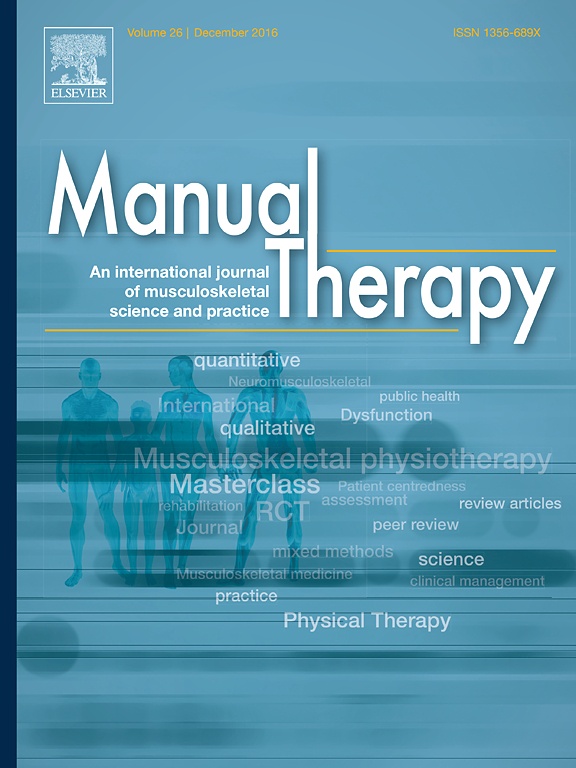
Subacromial impingement syndrome: Conventional therapy improved by diacutaneous fibrolysis

Subacromial impingement syndrome: Conventional therapy improved by diacutaneous fibrolysis
Effectiveness of Diacutaneous Fibrolysis for the treatment of subacromial impingement syndrome: a randomised controlled trial
Man Ther. 2013 Oct;18(5):418-24Did you know you're eligible to earn 0.5 CME credits for reading this report? Click Here
Synopsis
120 patients with a clinical diagnosis of subacromial impingement syndrome who underwent conventional therapy participated in this study to determine the effectiveness of diacutaneous fibrolysis on pain, function, active range of motion and patient perceived improvement. All patients participated in conventional physiotherapy and were randomized into an intervention group which received additional...
To view the full content, login to your account,
or start your 30-day FREE Trial today.
FREE TRIAL
LOGIN
Forgot Password?
Explore some of our unlocked ACE Reports below!

Learn about our AI Driven
High Impact Search Feature
Our AI driven High Impact metric calculates the impact an article will have by considering both the publishing journal and the content of the article itself. Built using the latest advances in natural language processing, OE High Impact predicts an article’s future number of citations better than impact factor alone.
Continue



 LOGIN
LOGIN

Join the Conversation
Please Login or Join to leave comments.